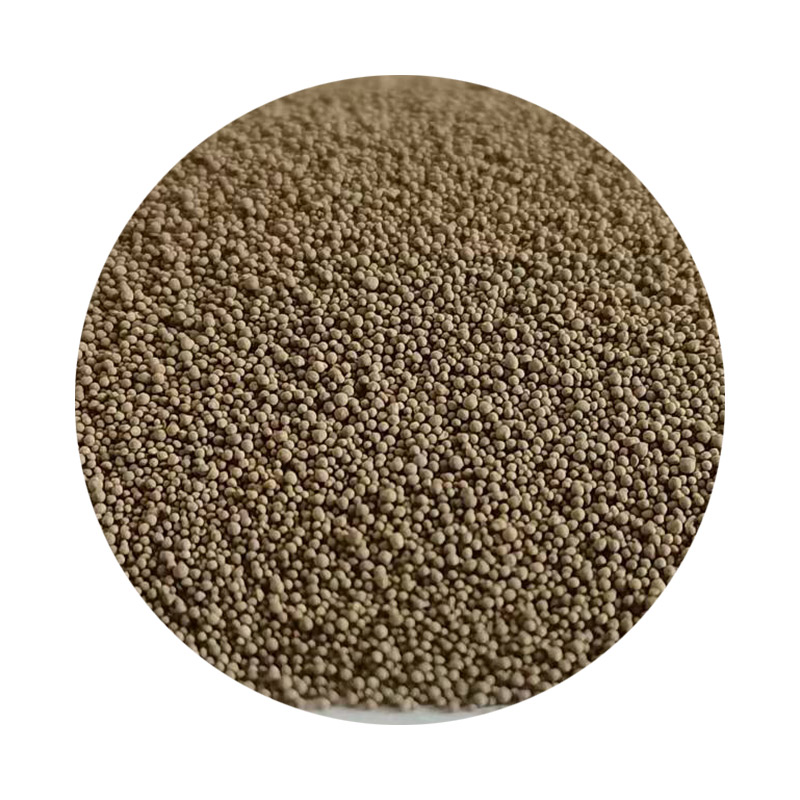Application of Sand Casting Process
Sand casting, one of the oldest and most versatile metal casting processes, is widely used in manufacturing various products due to its cost-effectiveness and flexibility. It involves creating a mold from sand and pouring molten metal into it, allowing the metal to solidify and take the shape of the desired object. This process, with a rich history, finds applications across various industries, including automotive, aerospace, and art.
The Sand Casting Process
The sand casting process begins with the creation of a pattern, which is a replica of the part to be cast. The pattern is usually made from metal, plastic, or wood and is necessary for forming the mold cavity. Once the pattern is prepared, it is placed in a molding box, and fine sand mixed with clay, water, or resin is packed around it. The sand mixture is compacted to create a mold that can withstand the pressure of the molten metal.
After the mold is formed, the pattern is removed, leaving a cavity. The mold halves are then reassembled, and molten metal is poured into the cavity. After the metal cools and solidifies, the mold is broken apart to extract the cast object. This method allows for a range of shapes and sizes to be produced, making sand casting highly desirable for various applications.
Advantages of Sand Casting
One of the primary advantages of sand casting is its adaptability to produce large and complex shapes. It can accommodate both ferrous and non-ferrous metals, offering manufacturers the ability to choose the best metal for their specific needs. The process can produce castings ranging from a few ounces to several tons, making it suitable for both small and large scale production.
Additionally, sand casting is relatively inexpensive compared to other casting methods. The materials used, primarily sand, are abundant and low-cost, which reduces the overall production cost. Moreover, the sand molds can be reused, leading to significant savings in material costs over time.
Industrial Applications
application of sand casting process

In the automotive industry, sand casting is essential for producing various components such as engine blocks, cylinder heads, and transmission cases. These parts require high strength and durability, qualities that can be achieved through casting. The ability to create intricate designs and structures also allows for weight reduction in vehicles, contributing to improved fuel efficiency.
The aerospace industry also benefits significantly from sand casting. Components such as turbine housings, brackets, and other structural parts are often produced via this method. The process allows for tight tolerances and complex geometries, which are crucial in aerospace applications. Furthermore, the quality and craftsmanship of sand-cast parts can be essential for meeting stringent industry standards.
Apart from industrial applications, sand casting is also used in art and sculpture. Artists create patterns to cast intricate designs in metals, resulting in stunning pieces of artwork. This artistic application showcases the versatility of sand casting beyond traditional manufacturing.
Challenges and Innovations
Despite its advantages, sand casting does come with challenges. Issues such as surface finish, dimensional accuracy, and sand quality can affect the final product. These challenges have driven innovations in the sand casting process, with advancements in technology enabling better mold making, improved sand mixtures, and precise pouring techniques.
Furthermore, the integration of computer-aided design (CAD) and computer-aided engineering (CAE) in the design phase allows for better simulation of the casting process, predicting issues such as defects before they arise. These tools enhance the efficiency and quality of the castings produced, allowing manufacturers to meet the increasing demands of modern consumers.
Conclusion
In conclusion, the sand casting process continues to be a vital part of various industries due to its cost-effectiveness and versatility. As technology advances, the process becomes more refined, leading to improved quality and efficiency in production. From automotive components to artistic creations, sand casting plays an integral role in manufacturing diverse products. The ongoing innovations in this traditional casting method ensure that it will remain relevant in an increasingly complex manufacturing landscape.
Post time:Dec . 30, 2024 06:51
Next:Guide to Effective Sand Casting Techniques and Best Practices
